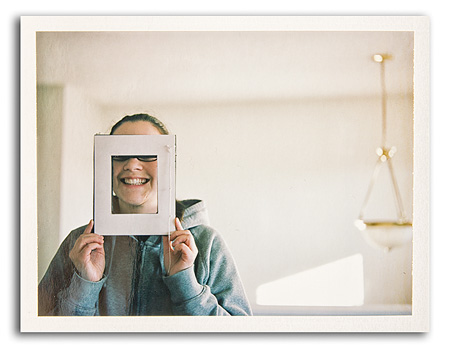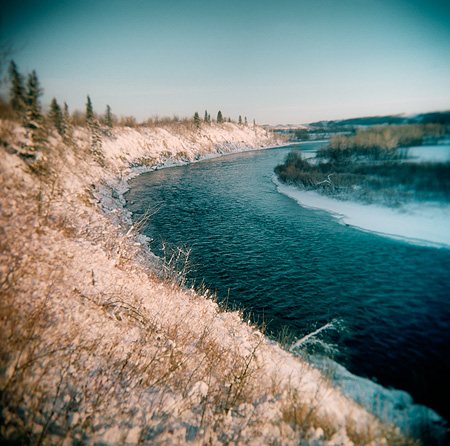Making photos usually does not stop at pressing the shutter. Image making is a three part process and this process was really popularized by Ansel Adams in his series of books; The Camera, The Negative and The Print. In today’s digital world photography world, we capture images in our camera, we process the resulting image (often a RAW ‘negative’) in the computer and then we output our images to print (or the web) so the process has not changed just the technology of how we do the process.
I would add a fourth component to Ansel Adams equation and that is The Person. The camera does not make the image; it is the photographer. What interests you, what attracts your eye, what you choose to include or exclude, how you compose and ‘see’ are individual and personal. So let’s not forget that the end product is the result of the personal vision of the photographer (and this vision can and should carry through from seeing to capture, development and print).
As a photographer who learned and grew up photographically using slide film, I was mostly denied the luxury of carrying my photographic vision beyond the press of the shutter. The end product was the slide (a piece of positive film). The image was ‘processed’ by a lab and there was little ‘creative’ input at the processing stage (save for altering the the exposure by pushing or pulling the development). Really, the film was developed in a set formula to insure that the exposure captured in-camera was the exposure that came out on the slide. And as far as printing was concerned slide film could be printed but with difficulty and serious photographic printers stuck with negative film. Mostly slides were used to hand to publishers who printed the image in books and magazines and calendars (the printing was out of the photographer’s control). The simple point here is that a slide shooter had to use all his or her craft and art in the capture stage. The image had to be finished in-camera. End of story.
I was reminded of the ‘getting it right’ in-camera during a recent Creative Expression Masterclass workshop with Royce Howland and Samantha Crysanthou. For some of the exercises in seeing we needed participants to capture images in-camera using JPEG and the images were not to be processed after the fact. Having to capture what to what you see and getting it the best possible in-camera is great exercise in discipline. Even this former slide shooter realized just how much I have come to rely on ‘enhancing’ my personal vision through the development of the digital negative. The image below is an in-camera JPEG capture and this image reminded me how rewarding it was and is to get a completely finished image in-camera. No post-processing was done on this image save for resizing and sharpening for the web.

©Darwin Wiggett
Canon EOS-1ds Mark III, Canon TS-E 24mm lens, 1/4s at f11, Singh-Ray LB warming polarizer, Singh-Ray 3 stop soft-edge grad filter.






















